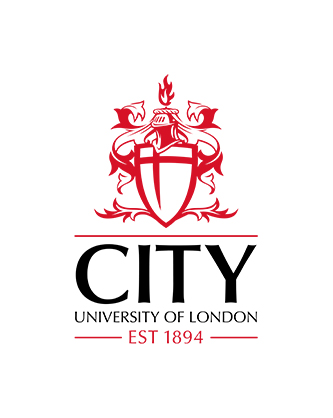Trends in the environmental impacts of unprocessed or minimally processed, processed, and ultra-processed animal products in Brazil over 30 years
da Silva, J., Kluczkovski, A., Schmidt, X. , Frankowska, A., da Cruz, G., Martins, C., Louzada, M. L., Rauber, F., Reynolds, C.  ORCID: 0000-0002-1073-7394, Bridle, S. L. & Levy, R. B. (2020).
Trends in the environmental impacts of unprocessed or minimally processed, processed, and ultra-processed animal products in Brazil over 30 years.
Paper presented at the LEAP 2020, 8 Dec 2020, Online.
ORCID: 0000-0002-1073-7394, Bridle, S. L. & Levy, R. B. (2020).
Trends in the environmental impacts of unprocessed or minimally processed, processed, and ultra-processed animal products in Brazil over 30 years.
Paper presented at the LEAP 2020, 8 Dec 2020, Online.
Abstract
Background: We aim to assess the trends in the consumption of unprocessed or minimally processed, processed, and ultra-processed animal products, and the environmental impacts associated with them.
Methods: We have used data from five Brazilian Household Budget Surveys (1987, 1996, 2003, 2009, 2017). Animal products (beef, pork, poultry, eggs, fish, milk, and cheese) were classified into NOVA food groups: unprocessed or minimally processed (G1), processed (G3), and ultra-processed (G4). We estimated the share (%) of each food group to daily kcal per capita, as well as carbon footprint (CF), water footprint (WF) and ecological footprint (EF) per 1000 kcal-day. Trends over the years were tested using linear regression considering the population size as a weighting factor.
Results: From 1987 to 2017, the dietary share of G1 animal products decreased 2% (15.5-15.2%, p-trend < 0.001), while the share of G3 and G4 products increased by 88% (1.6-3.0%, p-trend < 0.001) and 340% (4.3-1.1%, p-trend < 0.001), respectively. CF in g CO2 eq per 1000 kcal remained the same for G1 products (921.4-946.2, p-trend = 0.278) and increased by 124% (30.9-69.3, p-trend < 0.001) and 319% (50.7-212.5, p-trend < 0.001) for G3 and G4 products, respectively. WF in litres per 1000 kcal decreased by 11% for G1 products (846.7-752.5, p-trend < 0.001), and increased by 130% for G3 (24.3-55.9, p-trend < 0.001) and 323% for G4 products (42.5-179.8, p-trend < 0.001). Similarly, EF in m2 per 1000 kcal decreased by 5% for G1 products (6.06-5.73, p-trend < 0.001), and increased by 67% for G3 (0.24-0.40, p-trend < 0.001) and by 305% for G4 products (0.21-0.85, p-trend < 0.001).
Conclusion: The consumption of processed and ultra-processed animal products has been increasing along with their environmental impact, suggesting that the reduction of their consumption would be beneficial for both human and planet health.
| Publication Type: | Conference or Workshop Item (Paper) |
|---|---|
| Subjects: | G Geography. Anthropology. Recreation > GE Environmental Sciences G Geography. Anthropology. Recreation > GF Human ecology. Anthropogeography H Social Sciences > HD Industries. Land use. Labor |
| Departments: | School of Health & Medical Sciences > Healthcare Services Research & Management School of Health & Medical Sciences > Healthcare Services Research & Management > Food Policy |
Download (37kB) | Preview
Download (713kB) | Preview
Export
Downloads
Downloads per month over past year


 Metadata
Metadata Metadata
Metadata